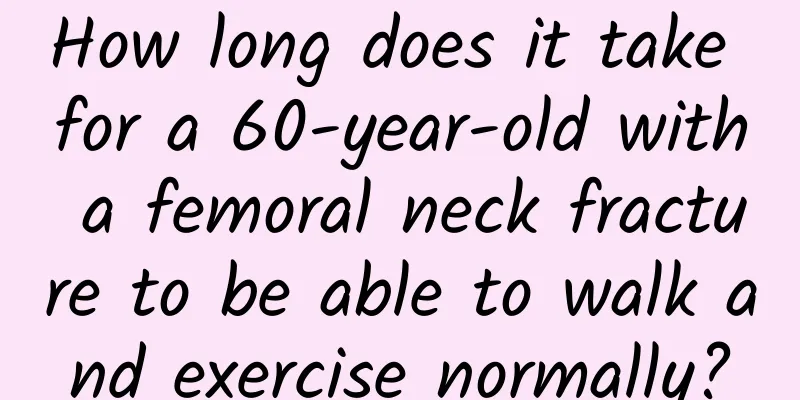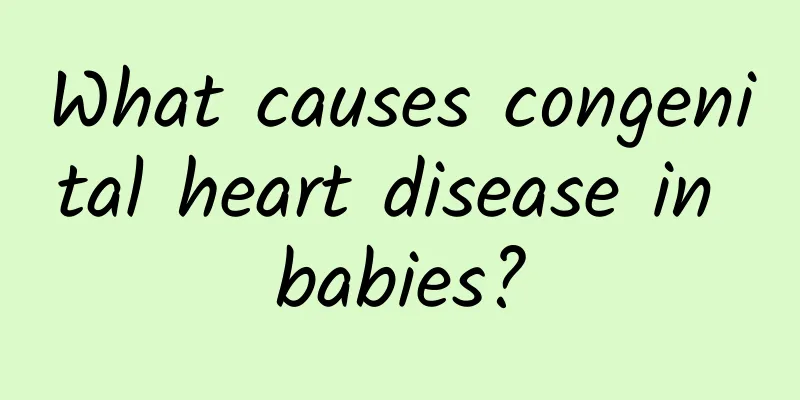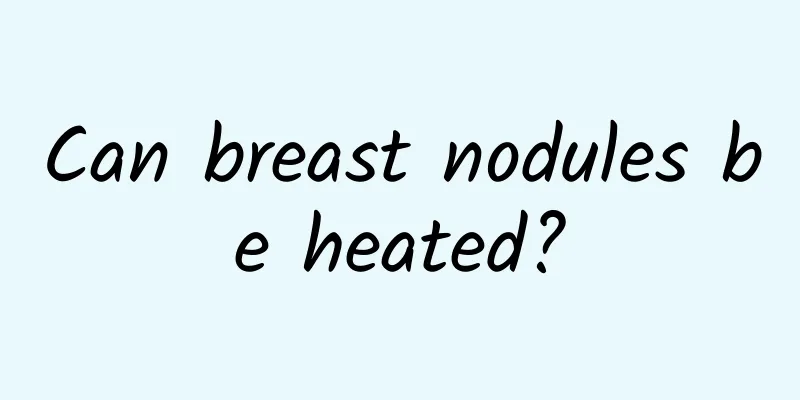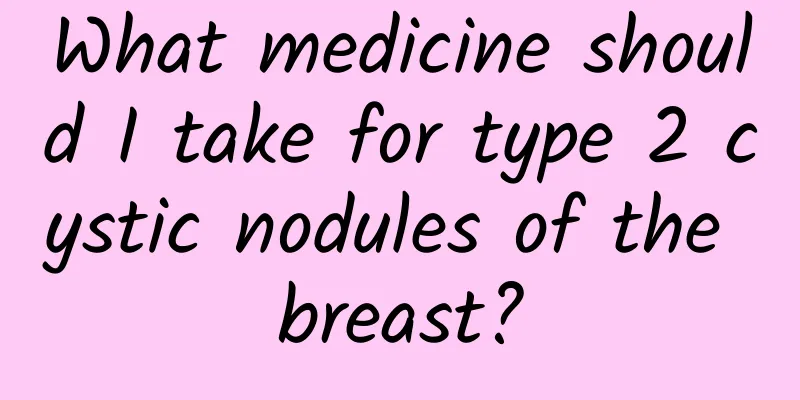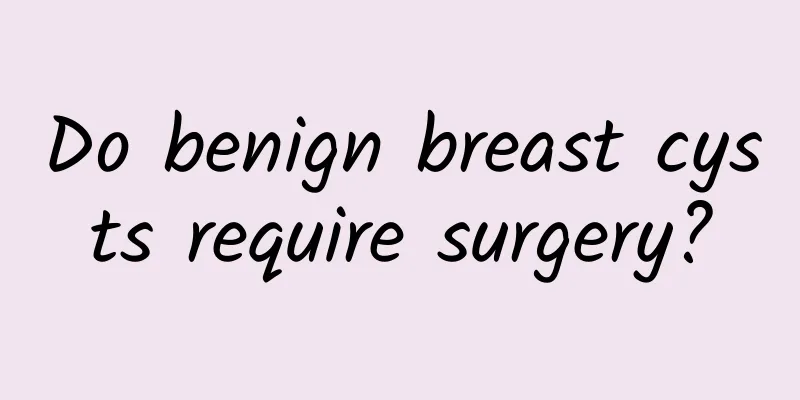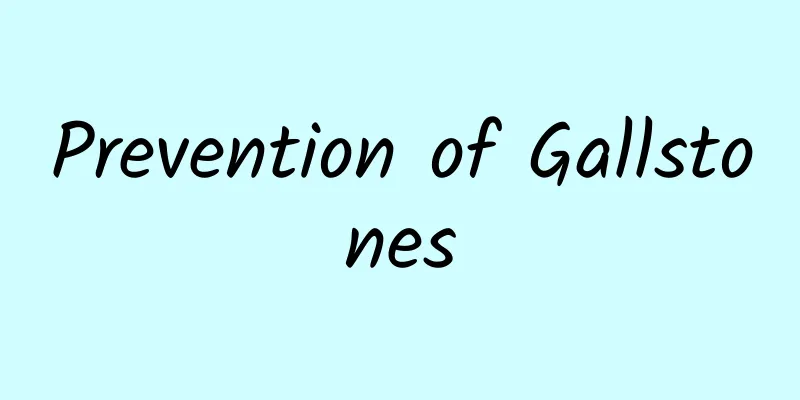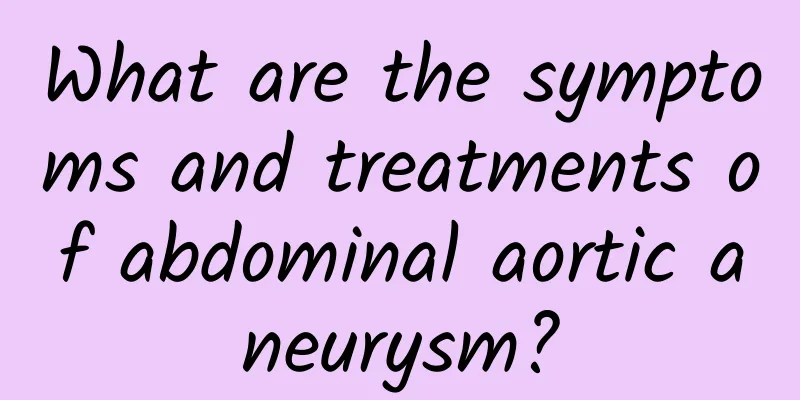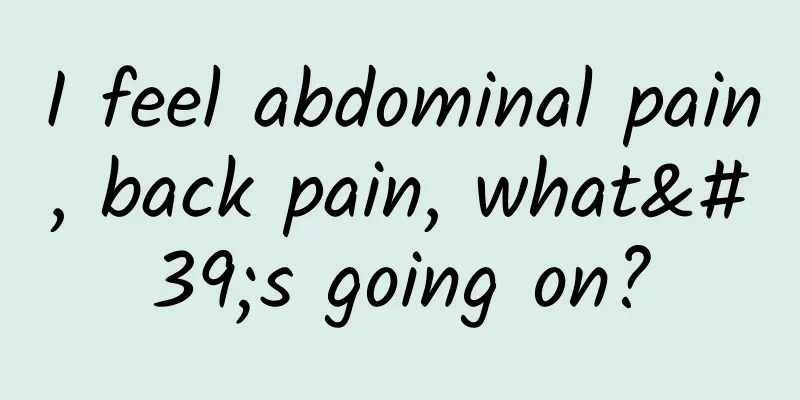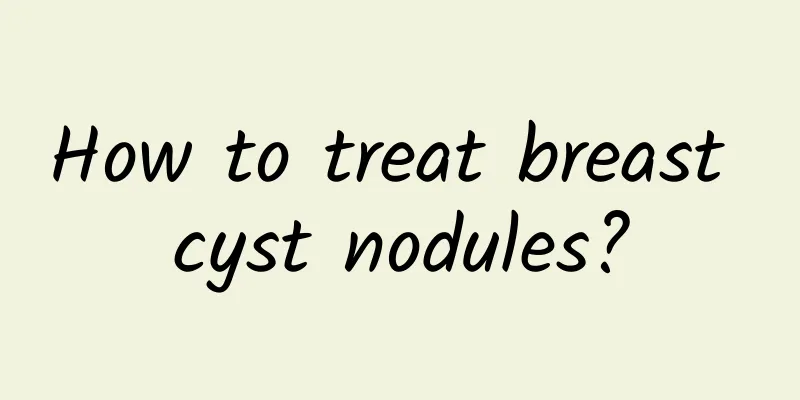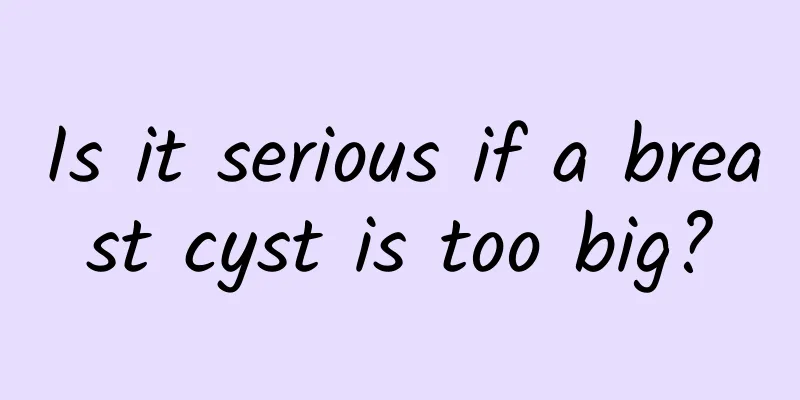What are the symptoms of costochondritis and what causes it?
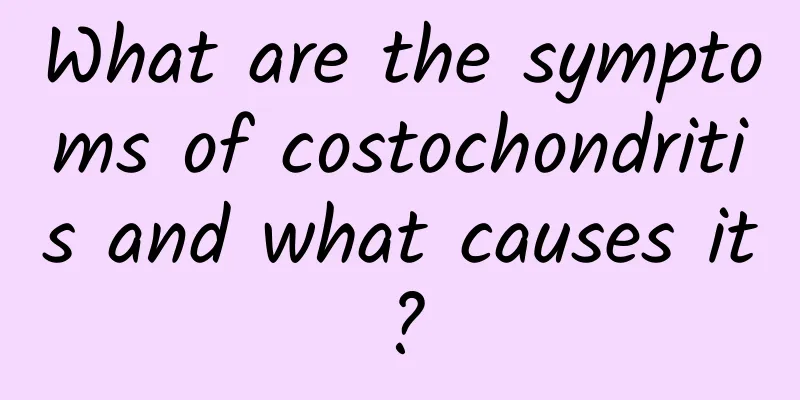
|
The main symptom of costochondritis is pain at the junction of the sternum and ribs, which is usually accompanied by tenderness, stabbing pain or diffuse pain, and is often caused by trauma, strenuous exercise, infection, arthritis or other pathological factors. This disease needs to be relieved by rest, medication or physical therapy, and in severe cases, timely medical treatment is required. 1Main symptoms of costochondritis The symptoms of costochondritis are mainly tenderness at the junction of the sternum and ribs, often manifesting as unilateral or bilateral pain. Patients may feel the pain worsen when taking a deep breath, coughing, or twisting their body. In some cases, the pain may spread to the shoulders and back, similar to angina pectoris. Usually, the pain is intermittent, but if not treated in time, it may recur. If you have persistent chest pain that is not relieved by rest, you need to go to the hospital in time to check for other underlying diseases. 2 Possible causes of costochondritis Trauma: A common cause of costochondritis is trauma, such as a chest blow or long-term pressure such as a heavy backpack. These mechanical injuries may cause local inflammation of the costal cartilage. Vigorous exercise: Excessive exercise or large movements, especially excessive use of the upper limbs, may strain the sternocostal joints and cause inflammation. Infection: Bacterial or viral infections may also induce inflammation of the costal cartilage soft tissue, especially secondary to an upper respiratory tract infection or chest surgery. Arthritis and pathological factors: Autoimmune diseases such as rheumatoid arthritis and ankylosing spondylitis may affect the costal cartilage. In addition, although tumor lesions such as bone tumors are rare, they also need to be carefully identified. 3 Treatment of costochondritis Rest and adjust exercise methods: It is recommended to reduce strenuous exercise and avoid repeated stimulation of the chest and rib area. Physical therapy: Applying heat or cold compresses can help relieve local pain and inflammation, and physical therapy such as ultrasound therapy can also be tried. Drug treatment: For patients with significant symptoms, nonsteroidal anti-inflammatory drugs such as ibuprofen and naproxen can be used under the guidance of a doctor to relieve pain and inflammation. In severe cases, local injection of glucocorticoids may be required to quickly relieve symptoms. Differentiation and surgery: If conservative treatment is ineffective or serious lesions such as tumors are suspected, imaging examinations such as CT and MRI are needed to further confirm the cause, and surgery is performed to correct the lesions if necessary. Although costochondritis is a benign, non-fatal disease, the recurrent pain may affect the quality of life. If chest pain is accompanied by dyspnea or systemic symptoms, you should seek medical attention as soon as possible to rule out the risk of cardiovascular disease. Establishing a healthy lifestyle, exercising properly, and paying attention to chest protection are effective measures to prevent costochondritis. |
<<: What causes intestinal thrombosis?
>>: Group B Streptococcus Urinary Tract Infection
Recommend
How to remove age spots on hands
Age spots may sound like an inevitable sign of ag...
Difference between breast cyst and breast cancer
Breast cysts and breast cancer are two different ...
Is there any treatment for cervical spondylosis?
Cervical spondylosis requires treatment, includin...
Can pregnant women with breast cysts breastfeed?
Whether a pregnant woman with a breast cyst can b...
The best way to treat breast cysts
The best way to treat breast cysts is to combine ...
Furuncle or perianal abscess
Although boils and perianal abscesses may look si...
What medicine is good for treating synovitis?
Choosing medications to treat synovitis can be co...
Symptoms of recurrent perianal abscess
The recurrence of perianal abscess often manifest...
4a Does breast nodule require surgery?
Whether 4a breast nodules require surgery depends...
What is the name of breast cyst in Chinese medicine?
Breast cysts are usually called "breast cyst...
Is surgery effective for lumbar spinal stenosis and hypertrophy of the ligamentum flavum?
Lumbar spinal stenosis combined with hypertrophy ...
What are the dangers of breast cysts?
Breast cysts are usually fluid cysts that appear ...
What causes anal fissure in men and how to treat it
Anal fissures in men are mainly caused by tears i...
How to display breast cysts on color Doppler ultrasound
Breast cysts usually appear as dark areas with cl...
What is fluorosis?
Fluorosis is a chronic fluorosis caused by long-t...
